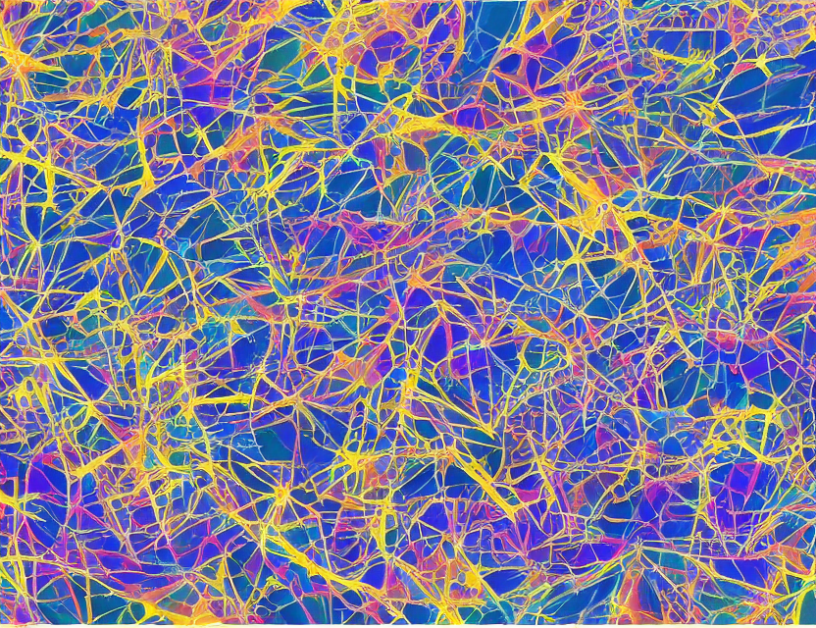In this paper, we propose a new approach to image-to-image translation, which involves using Conditional Generative Adversarial Networks (CGANs). The proposed model is designed to generate high-quality images in various styles, including calligraphy. Our approach leverages the power of deep learning to learn the mapping between the input and output images, while also incorporating a conditional factor to ensure that the generated images match the desired style.
The proposed model consists of an encoder network that extracts features from the input image and a decoder network that generates the output image. The key innovation lies in the use of a conditional adversarial network (CAN) to learn the mapping between the input and output images. This CAN is trained alongside the generator network, which is responsible for generating the output image.
To train the model, we utilize a dataset of 3000 images, which are used to optimize the generator network. We employ a momentum exponential decay of learning rates to ensure that the training process is efficient and stable. The model is trained for 100 epochs, and the experiments are conducted on a PC with an Intel i7 processor and 16 GB of RAM.
The proposed model shows impressive results in generating high-quality calligraphy images. We evaluate the quality of the generated images using a coverage rate metric, which measures the proportion of generated samples that cover the entire space of possible output images. Our model achieves a high coverage rate of 0.9, indicating that it is able to generate a wide range of high-quality calligraphy images.
In conclusion, this paper presents a novel approach to image-to-image translation using CGANs, which enables the generation of high-quality calligraphy images. The proposed model leverages the power of deep learning to learn the mapping between input and output images, while also incorporating a conditional factor to ensure that the generated images match the desired style. The results show that the proposed model is able to generate high-quality calligraphy images, demonstrating its effectiveness in this task.
Computer Science, Computer Vision and Pattern Recognition
Generating High-Quality Calligraphy Images with Conditional GANs



